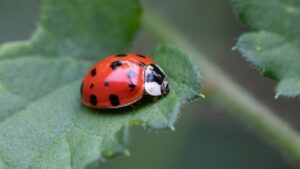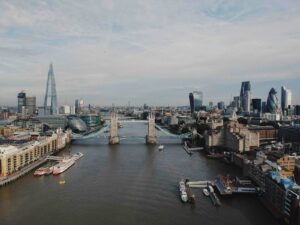London and Manchester are home to the highest concentrations of areas that exceed safe levels of air, water, noise and light pollution.
Overall, 27.5% of neighbourhoods are in breach of multiple safe thresholds for environmental pollution. This means they are unsafe for wildlife.
Research by Friends of the Earth analysed pollution hotspots where water, air, and light pollution converge at levels which are harmful to native species of animals. This includes pollinating bees, which are already in sharp decline, and bats.
Neighbourhoods that fit into this category have been impacted by raw sewage dumping, with English waterways enduring 336 hours of effluent release in 2023 alone, and are considered to have bad or poor ecological health. Air pollution levels will exceed World Health Organisation guidelines, while artificial light and intrusive noise are at such levels they disrupt wildlife.
A new map of pollution hotspots can be found here, with a full list by constituency area here. Chelsea and Fulham were identified as the areas with the highest concentrations of hotspots. This was followed by Salford, Worsley, Eccles, Vauxhall, Camberwell and Battersea.
‘Successive governments have failed to protect our environment from pollution and ensure people can continue to enjoy the health and wellbeing benefits of thriving nature. That’s why we’ve ranked pollution hotspots based on constituencies, so citizens and MPs alike can see how pollution impacts their local area and take action,’ said Sienna Sommers, nature campaigner at Friends of the Earth.
‘What harms wildlife often harms people as well. Many of us are forced to breathe the same dirty air and live near sewage-infested rivers. While we can choose to avoid these polluted waters, many precious species cannot steer clear of the pollution we pump into their living rooms,’ she continued. ‘Polluters must be held accountable for the harm they cause and forced to clean it up. Stronger laws to hold polluters accountable would also give power back to communities to defend our rights in court, creating a cleaner and healthier environment for wildlife and people alike.’
More on climate change and net zero:

















